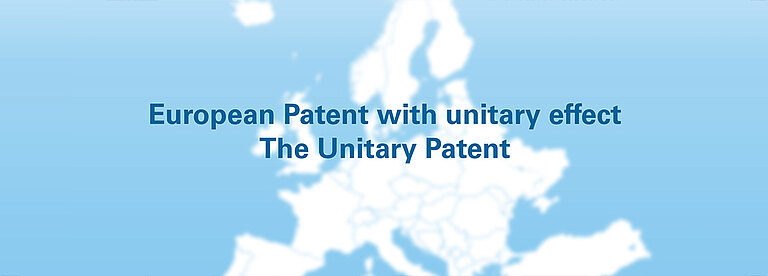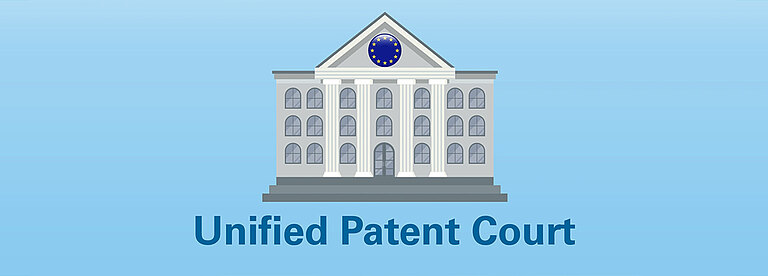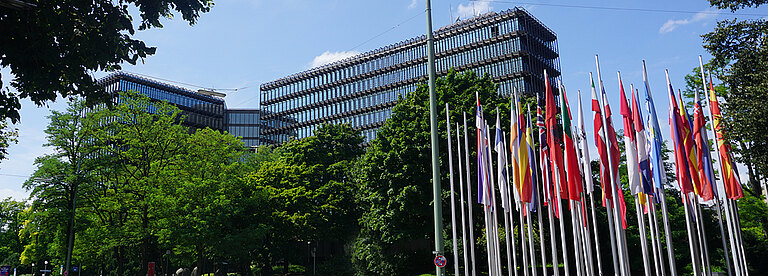Düsseldorf,14.02.2022 - The Enlarged Board of Appeal of the European Patent Office (EPO) may decide on an extended applicability of the so-called "Joint Applicant Approach". In the joined proceedings T 1513/17 and T 2719/19, the EPO Board of Appeal 3.3.04 has submitted relevant questions to the Enlarged Board of Appeal on this issue, which concern in particular PCT applications (international applications) where different applicants act as applicants for different designations and where only the applicants for one designation (US) are also applicants for a priority-establishing application.
According to Art. 87 of the European Patent Convention (EPC), an applicant may claim the priority of a previous application for a subsequent application if the subsequent application is filed within 12 months of the previous application and claims subject-matter disclosed in the previous application. According to Art. 87 EPC, the right to claim the priority of the previous application for the subsequent application is also available to a legal successor of the applicant of the previous application. In the past, this was regularly the case when the priority-establishing previous application was filed in the USA, where until recently only the inventors themselves - usually employees in larger companies - were allowed to file the previous US application, and the companies then filed a PCT application themselves, claiming the priority of the previous US application.
Although usually the inventors and the companies agreed that the PCT subsequent application should claim priority to the previous application, disputes have arisen time and again in the past in opposition proceedings before the EPO or in national nullity proceedings when third parties have questioned a formally valid transfer of priority rights from the inventors and applicants of the previous US application to the subsequent applicants, and thus the position of the companies as successors in title in respect of the priority right. For such cases, EPO opposition divisions have in recent years developed an extended Joint Applicants Approach. This extended approach is based on the principle recognized for pure European applications, according to which it is sufficient if at least one of several applicants of a subsequent application is the applicant of the previous application, so that all of them can jointly file the subsequent application effectively claiming the priority of this previous application.
This principle has been extended by EPO opposition divisions to PCT applications where inventors as applicants of a previous US application were also applicants of the PCT application for the US only and where further applicants (usually the companies employing the inventors) were named as applicants for the remaining designations of the PCT application other than the US. Regardless of the different state designations of the inventors/applicants on the one hand and the further applicants on the other hand, these opposition divisions applied the above principle to such PCT applications and found that a special transfer of priority right from the inventors/applicants to the further applicants would not be necessary.
Based on this extended Joint Applicants Approach, the German Federal Patent Court (judgment of August 4, 2021 in 4 Ni 8/20 (EP) joined with 4 Ni 9/20 (EP) (cf. C&F press release of October 21, 2021) and the Düsseldorf Higher Regional Court ("Cinacalcet II", March 4, 2021 - 2 U 25/20) have in the meantime already recognized formal validity of priority claims in analogous case constellations.
The joined proceedings T 1513/17 and T 2719/19 are also based on a PCT application in which inventors are, on the one hand, applicants of a previous US application and, on the other hand, are named jointly with two companies as applicants of the PCT application - the inventors as applicants only for the USA, the companies as applicants for the remaining designations.
The referring Board of Appeal now asks the Enlarged Board of Appeal to clarify, in particular, whether a party B can validly rely on the priority right claimed in a PCT-application for the purpose of claiming priority rights under Article 87(1) EPC, in the case where a PCT-application designates party A as applicant for the US only and party B as applicant for other designated states, and the PCT-application claims priority from an earlier patent application that designates party A as the applicant.
On the one hand, the referring Board of Appeal appears to be critical of a direct application of the principle recognized in the EPO Guidelines to the said constellation of the PCT application. However, on the other hand, the Board appears to be open under certain circumstances to an argumentation according to which the mutual filing of the PCT application in the mentioned constellation demonstrates the existence of an implicit agreement between party A and party B, conferring on party B the right to benefit from the priority for the EPC territory.
"Despite a change in U.S. patent law that no longer requires U.S. previous applications to be filed by inventors, recognition by the Enlarged Board of Appeals of the applicability of the Joint Applicants Approach to PCT applications would nevertheless be beneficial to many innovative companies, as this constellation will continue to appear in opposition and nullity proceedings for several years to come," says Dr. Peter Reckenthäler, patent attorney at Cohausz & Florack (C&F). Dr. Fabian Vogelbruch, patent attorney at C&F adds, "The application of the Joint Applicants Approach could lead to important IP rights being maintained and valuable innovations remaining protected."

![[Translate to Englisch:] [Translate to Englisch:]](/fileadmin/_processed_/2/6/csm_EPA_940fb67a3e.jpg)



